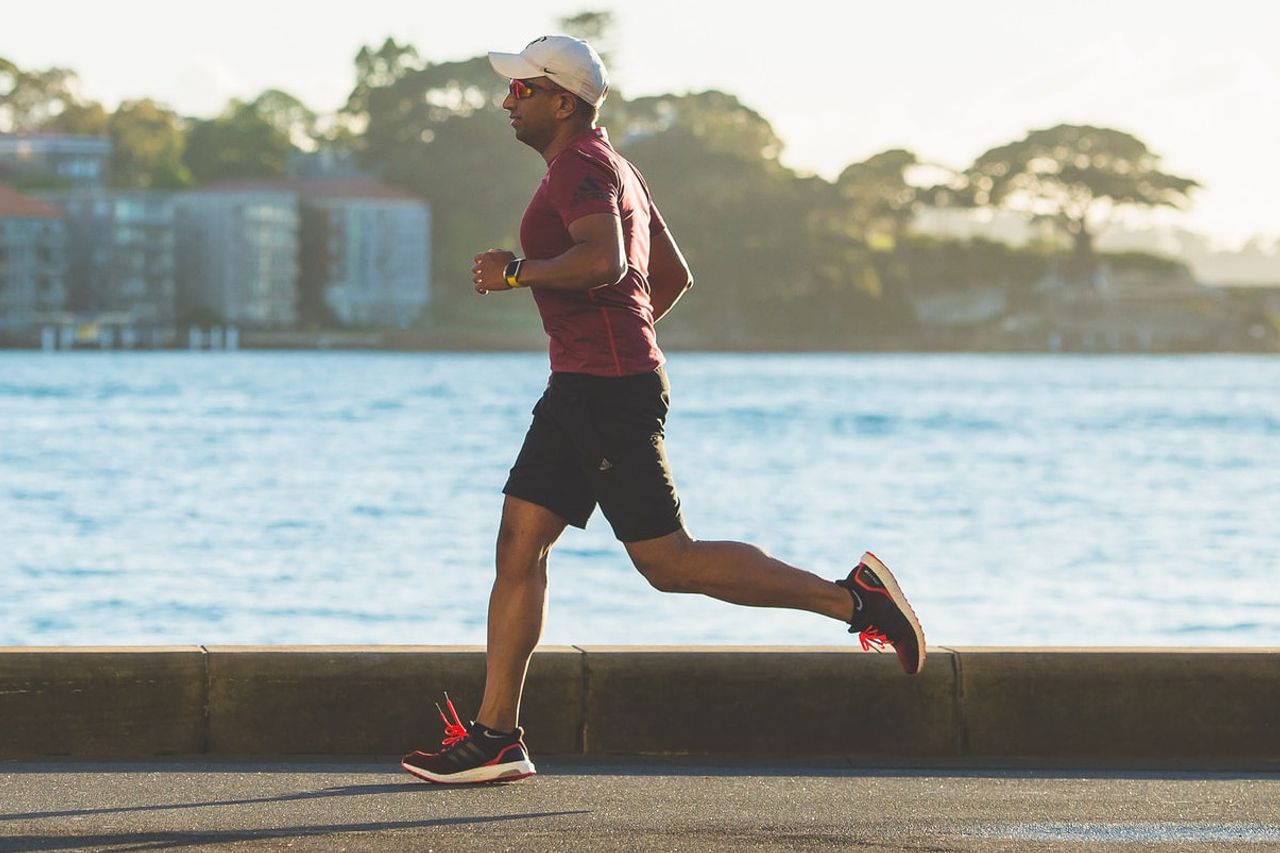5 Tips For Safe Exercise For Patients With Hypertension Or High Blood Pressure

YOGYAKARTA – Sport is an important activity to do regularly. Besides being useful for maintaining mental health, exercise also helps maintain physical health. Well, for someone with high blood pressure or hypertension, it is necessary to pay attention to several things. This includes the type of exercise you do, your body condition, and how often you need to exercise. Here are tips to consider when experiencing hypertension.
1. Manage breathing
According to Laura Gray, ACSM-CEP, MS., a clinical exercise physiologist, says that exercise is necessary for those who have high blood pressure. But it is necessary to choose the right type of exercise.
Gray added, high blood pressure can cause strokes, heart attacks, heart failure, and even kidney problems. What you need to pay attention to in sports is your breathing. When exercising make sure not to hold your breath and use a breathing method called the Valsalva maneuver.
"Focusing on breath control will help reduce the increase in blood pressure significantly," Gray said. Another thing to note is, warming up and cool down for 5 to 10 minutes.

2. Exercise for 150 minutes every week
The reason why it is necessary to warm up and cool down before exercising is to avoid drastic changes in blood pressure. Getting 'prepared' allows the body to adjust to the gradual increase in heart rate and breathing at the start of the activity. While the 'closure' must be done to prevent hypotension, neutralize the fast-beating heart during core exercise, and restore dilated blood vessels.
Exercise for 150 minutes a week can be broken down into three sessions. Each session is 50 minutes or less than an hour. Well, the remaining ten minutes can be used to warm up and cool down. Consistency is key, says Gray. In addition, it may take one to three months to notice a difference in blood pressure.
3. Exercise with moderate intensity
Do moderate-intensity exercise, such as cardio and strength training. This helps strengthen the heart to pump more blood with less effort. In addition, types of aerobic exercise such as zumba and functional fitness can also be an option.
In addition to the recommended types of exercise above, you can do brisk walking, cycling, dancing, gardening, hiking, running or jogging, and swimming. To test the lack or sufficient intensity, you can use a speech test. When the intensity is moderate, during exercise can still say a few words. You can increase the intensity periodically, but consult your personal doctor or professional trainer for any changes in intensity and effects.
VOIR éGALEMENT:
4. Focus on lowering blood pressure
After your workout, you can also focus on some breathing methods that help lower blood pressure. Gray recommends doing the breathing method with pursed lips.
“Inhale through your nose for 2 seconds and then out through your mouth, like blowing a whistle, for 4 seconds,” says Gray. Doing breathing with this method, can help reset the body.
5. Be careful with intense and short forms of exercise
When running, climbing stairs, or lifting weights, you have to be careful. Because this form of exercise involves intense movements over a short period of time, it can increase blood pressure too quickly and put too much stress on your heart.
"As long as you're breathing properly, and don't hold your breath, then weight training can be included in your exercise routine," Gray advised.
Many people with high blood pressure need medication. Drugs can change the heart rate and blood pressure response to exercise, Gray said. So it is advisable to consult your personal doctor about the type of exercise, intensity, duration, and tell about the conditions in order to get the right recommendation.
